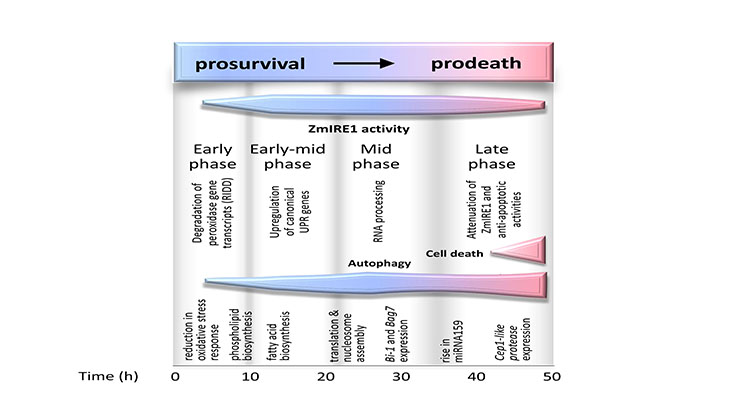
Understanding ER Stress in Maize
Research, The Plant Cell, The Plant Cell: In a NutshellBackground: Maize is one of the world’s leading crops that is used for food, feed, and fuel. Maize is vulnerable to adverse environmental conditions that lead to production losses. Such conditions can upset delicate cellular processes in maize cells such as protein folding in the endoplasmic reticulum…
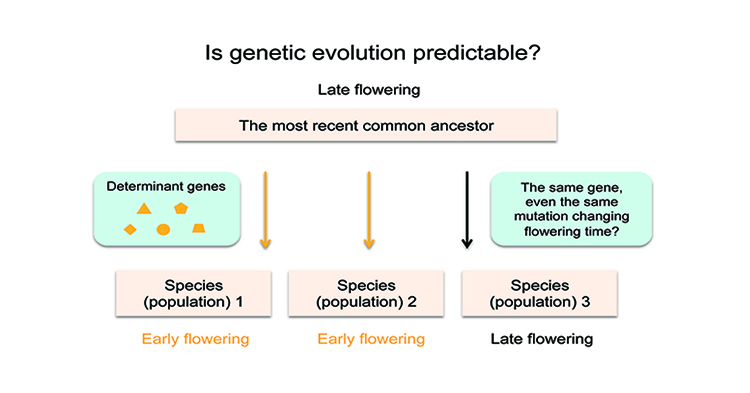
Is Genetic Evolution Predictable?
Research, The Plant Cell, The Plant Cell: In a NutshellYang et al. investigate the evolution of flowering time in the young species Capsella rubella. https://doi.org/10.1105/tpc.18.00124
Background: Flowering time is an important adaptive life-history trait in plants. Capsella rubella, a close relative of Arabidopsis thaliana and—in evolutionary time—a…
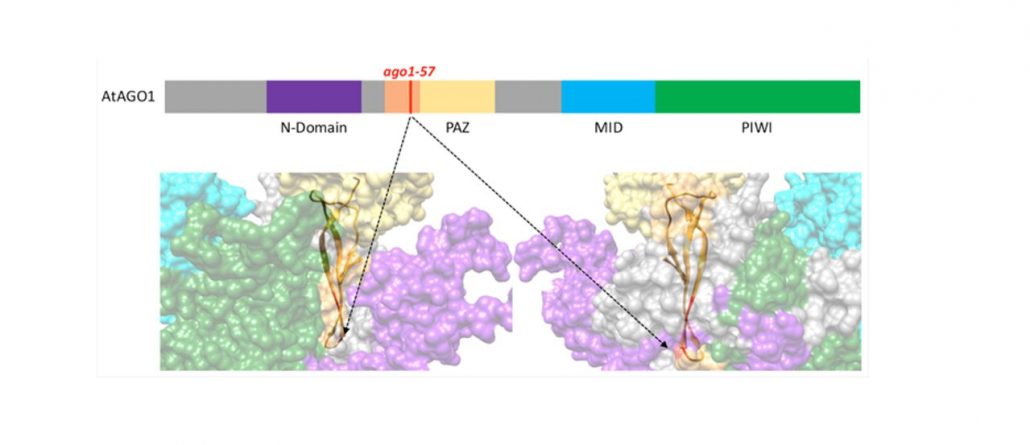
ARGONAUTE1: To Shed a Strand or Not?
Research, The Plant Cell, The Plant Cell: In a NutshellClavel et al. investigate recognition and binding of AGO1 by viral P0 protein https://doi.org/10.1105/tpc.18.00111.
By Marion Clavel
Background: In plants, small RNAs (sRNAs) are widely used to regulate gene expression of both host genes and foreign nucleic acid, like viruses. sRNAs function…
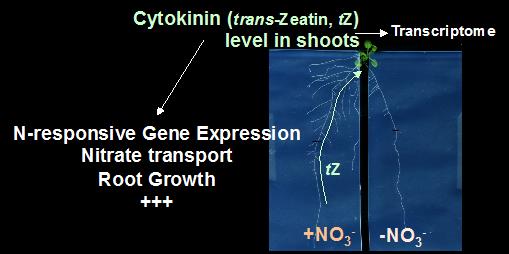
trans-Zeatin in Shoots Drives Nitrate Systemic Signaling
Research, The Plant Cell, The Plant Cell: In a NutshellPoitout et al. study how plants forage for nutrients in the soil https://doi.org/10.1105/tpc.18.00011.
By Arthur Poitout and Sandrine Ruffel
Background: Nitrate, NO3- (the preferential nitrogen [N] source for most of higher plants) is spread unevenly in the soil due to its high mobile property,…
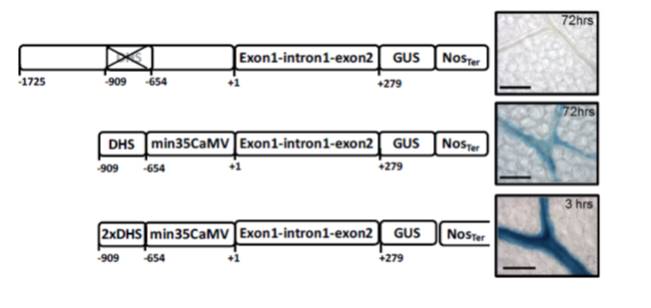
A single cis-element that controls cell-type specific expression in Arabidopsis (bioRxiv)
Plant Science Research WeeklyMulticellular organisms have different tissues that carry out diverse and specialized functions, and tissue-specific expression is the feature that gives each tissue its specific protein content. Despite its importance, the mechanisms that control spatial patterning is poorly understood. In this work,…
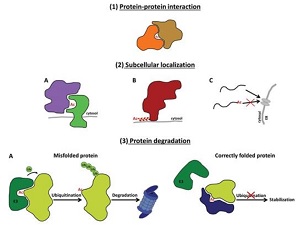
Roles of N-terminal acetylation and N-terminal acetyltransferases in plants (J. Exp. Bot.)
Plant Science Research WeeklyN-terminal acetylation is a common protein modification completed by ribosome-associated N-terminal acetyltransferases (NATs) or plastid-localized NATs. The recent discovery of the plastid-localized NATs upended the traditional model of static, co-translational imprinting of the plant proteome. These…
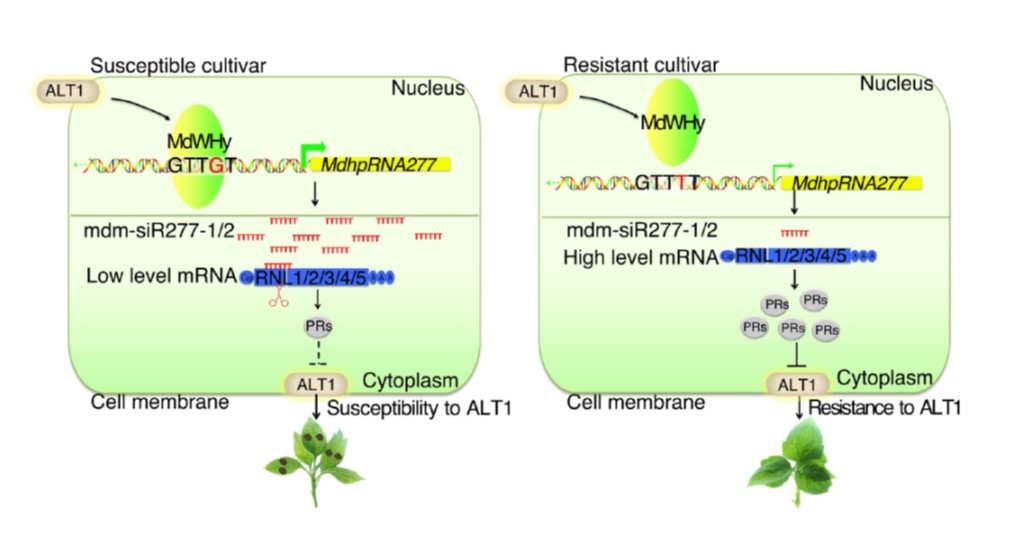
What a difference a base makes: A single nucleotide confers Alternaria resistance in apple ($) (Plant Cell)
Plant Science Research WeeklyGolden Delicious apples are particularly susceptible to the fungal pathogen Alternaria alternaria f. sp. mali. Zhang et al. have traced this susceptibility to a single nucleotide in the promoter of gene encoding a hairpin RNA (hpRNA), MdhpRNA277. This hpRNA produces small RNAs that selectivey target…
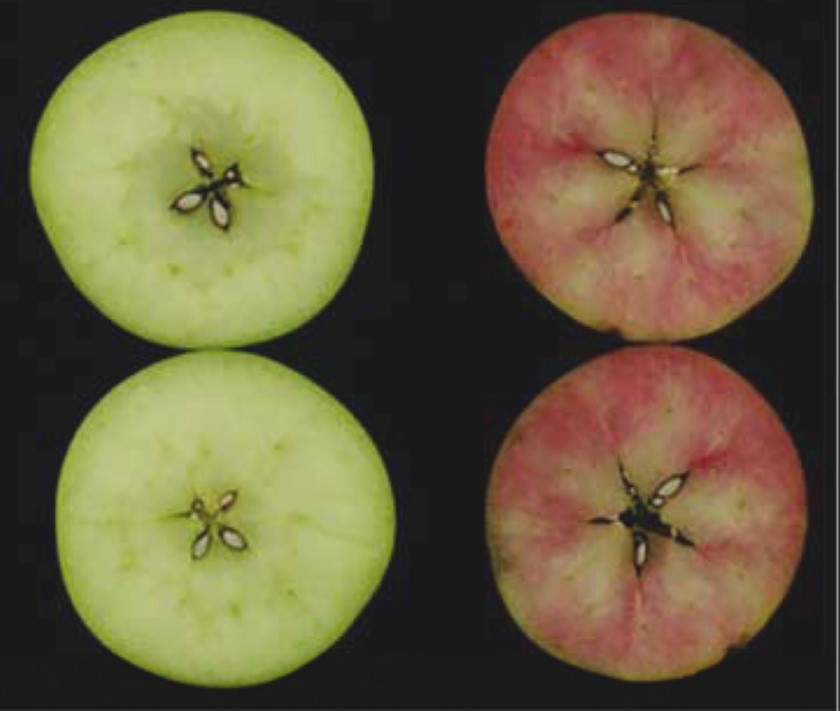
How Ethylene Reddens Apples
Blog, Plant Physiology, Plant Physiology: On The InsideEthylene is essential for the ripening of climacteric fruits, and a rapid burst of ethylene production and a rise in respiration occur at the transition to ripening. In ripening apple (Malus domestica) fruits, the accumulation of anthocyanins that is responsible for reddening is correlated with ethylene…
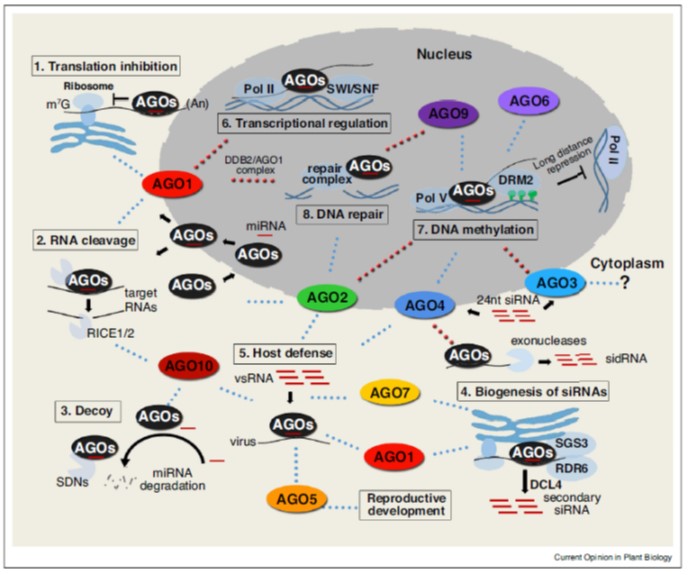
Review. Actions of plant Argonautes: Predictable or unpredictable? (COPB $)
Plant Science Research WeeklyThe Arabidopsis genome encodes nine Argonaute proteins and an AGO pseudogene. The nine functional proteins fall into three clades based on sequence. Ma and Zhang update what we know about these proteins. It turns out, the simple assumptions made early on have not entirely been borne out. For example,…

